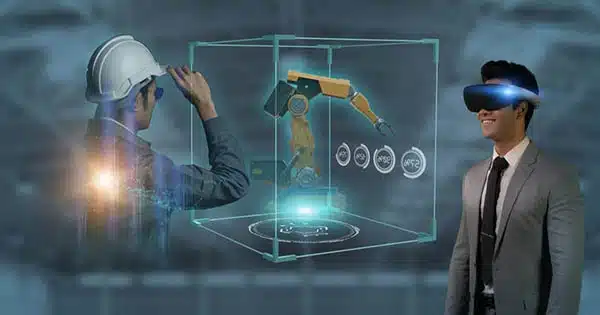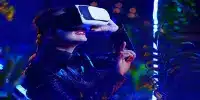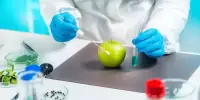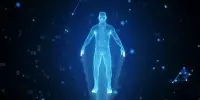The actual world and computer-generated features are combined with mixed reality (MR) and augmented reality (AR) technologies, enabling users to engage with their environment in more interesting ways. These technologies have improved education and specialized training in many sectors in recent years, enabling students to assess their abilities or better understand abstract ideas and data.
The University of Calgary has been working on interface and system development to improve MR visualizations. They introduced HoloTouch, a technology that may enhance mixed reality images and charts utilizing cellphones as physical proxies, in a paper scheduled to be presented at CHI 2023 LBW.
“For the most part, this paper was inspired by a work that I published during my final undergraduate year,” Neil Chulpongsatorn, one of the study’s researchers, told Tech Xplore. “They were both inspired by my interest in mixed reality interactions for data representations.”
Chulpongsatorn and his colleagues previously investigated how they may enrich data visualizations using virtual components displayed via head-mounted displays (HMDs) such as Microsoft HoloLens. Similar alternatives, such as physically dynamic bar charts, were presented by other teams.
The researchers found that while some of their earlier attempts had produced intriguing findings, existing MR and AR headsets could not support such dynamic and augmented data displays. Thus, in their new investigation, they attempted to leverage already-existing, widely-used gadgets to get around these restrictions.
We changed our strategy from interactive physical representations to tangible virtual representations, according to Chulpongsatorn. “Works like MARVIS revealed the high level and potential of this notion. In our most recent work, we’ve dug even further to evaluate the efficacy of these interaction models and to provide the underlying architecture of these interfaces as an interaction space for future visualization designers.
Chulpongsatorn and his colleagues presented HoloTouch, a technology that integrates HMDs with touchscreens on smartphones or tablets to improve MR visualizations, in their latest study. HoloTouch essentially allows users to “touch” and alter holograms that they view on HMDs using their smartphone devices.
“Our system addresses some of the current MR visualization challenges, such as unreliable tracking, low visual resolution, and imprecise input,” Chulpongsatorn noted. “The novelty of our work stems from the design space presented in the paper, rather than the prototype itself.” Basically, we spent a lot of time thinking about how mobile phones may interact with holograms (particularly, data visualizations), prepared a reference paper, and displayed several instances.”
The researchers used a prototype of their system to show six alternative ways to interact with graphs and other data visualizations as part of their latest study. These preliminary evaluations were quite encouraging, demonstrating the potential of their approach to enhancing data visualizations.
According to preliminary assessments, individuals typically prefer examining the visualization with the proxy than without it, according to Chulpongsatorn. Precision and tangibleness stood up as two key benefits of the proxy. This implies that physical interactions with holograms are advantageous for data analysis tasks, albeit additional research is necessary before we can make firmer inferences.
In the future, this team of academics’ innovative approach might be utilized by designers and content makers to deliver data to students, professionals, or the general public in more engaging ways. Meanwhile, Chulpongsatorn and his colleagues plan to develop their system even further by including additional features and interaction styles.
“Because this is a late-breaking project, there is still a lot to do,” Chulpongsatorn remarked. “For one thing, the space currently has a lot of breadths but not much depth.” There are many more interactions that need to be investigated. We discussed some of this at the conclusion of the paper. greater interactions imply greater assessment, which is one of our primary contributions to this study.”














